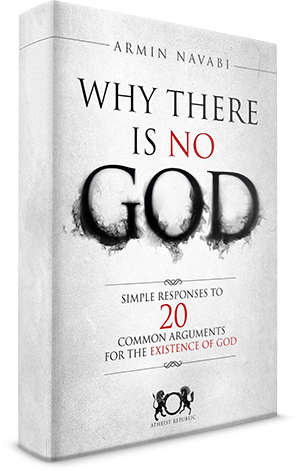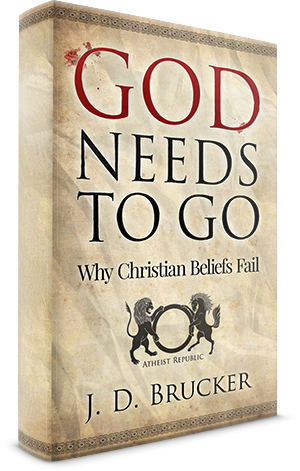
In debates and comments we often run in the logical fallacy called “circular reasoning”, where the debater starts with the same thing that he/she finally ends up with. A simple example is “the Bible is God’s word because the Bible says so”.
Not all circular logic is that easy to spot. The parts of a circular argument are often logically valid because if the initial statement is true then the conclusion is also true, but if the original statement needs as much proof as the conclusion, the argument fails.
In Near Death Experiences (NDEs) it is often proclaimed that the anecdotal descriptions, when the patient had been revived after a period of heart stoppage and lack of measurable brain activity, of a floating above the body, and a light, and other dreamlike experiences, since they are clinically dead, proves there is an afterlife, and therefore heaven exists. The existence of an afterlife needs as much proof as the conclusion in the first place. X is true because Y is true, therefore Y is true because X is true. The visit to the afterlife is true therefore the existence of an afterlife is true.
Another example is the following: “The church investigated a miracle and verifies it to be authentic.” That is the conclusion; it does not address the question: do miracles exist in the first place? That is taken as a fact.
Another statement I’ve run into when I’ve asked someone why he believed that his religion was the only correct one. He stated that “there are so many inconsistencies in other religions except in mine”, failing to show that his religion was free of inconsistencies.
Sometimes it is very difficult to spot a circular argument. “Academic Douglas Walton used the following example of a fallacious circular argument:
Wellington is in New Zealand.
Therefore, Wellington is in New Zealand.
He notes that, although the argument is deductively valid, it cannot prove that Wellington is in New Zealand because it contains no evidence that is distinct from the conclusion. The context – that of an argument – means that the proposition does not meet the requirement of proving the statement; thus, it is a fallacy. He proposes that the context of a dialogue determines whether a circular argument is fallacious: if it forms part of an argument, then it is.” (Wikipedia)
This post is absolutely correct, since I am telling you it is! ;-)



























